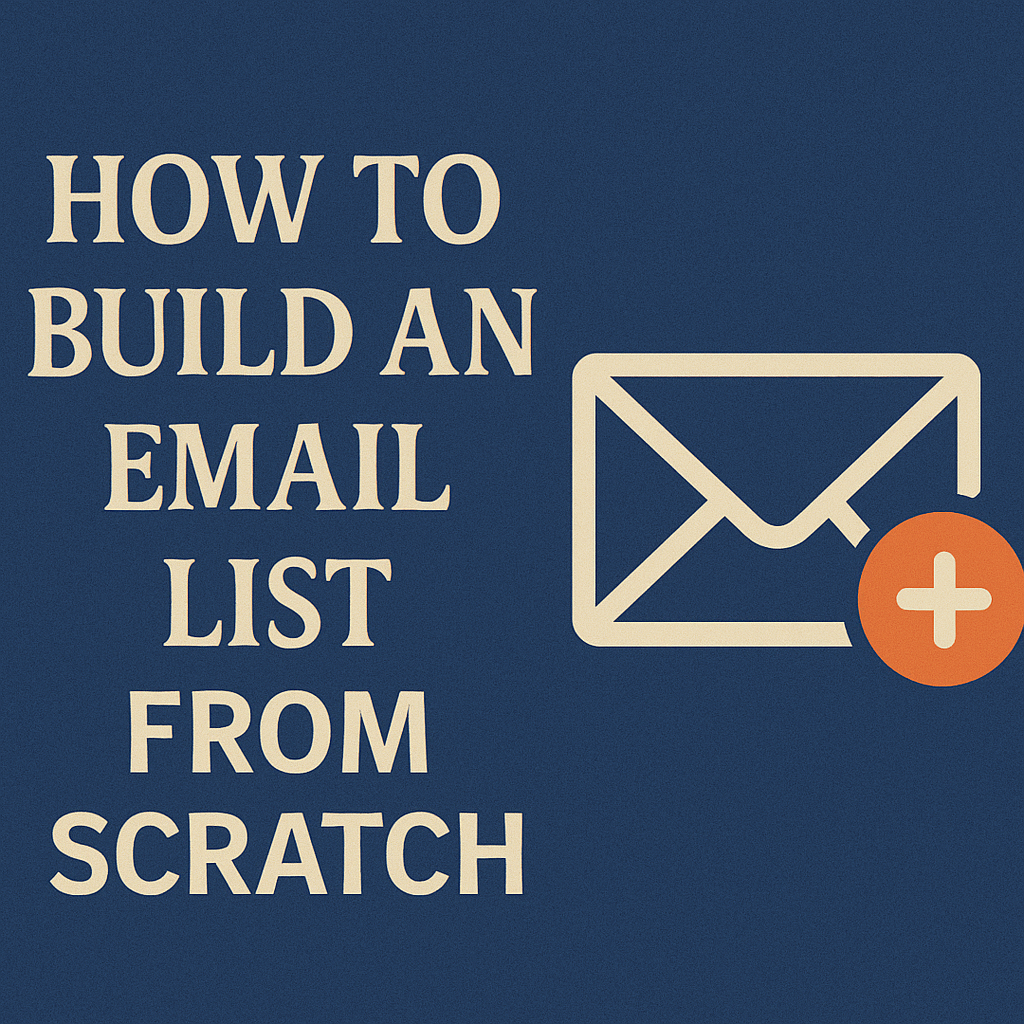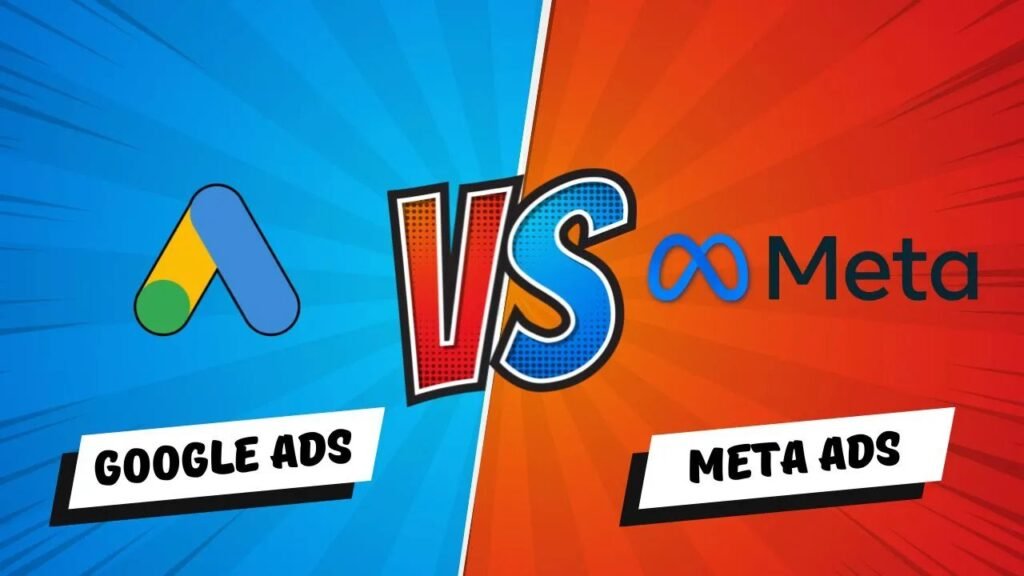
How to Build an Email List from Scratch
In today’s digital economy, your email list is one of your most valuable marketing assets. It’s permission-based, owned media that gives you direct access to your audience without relying on changing algorithms or third-party platforms. But what if you’re starting from zero? No subscribers. No email platform. No opt-ins. Don’t worry—everyone starts somewhere, and the key is doing it right: with ethical, engaging, and scalable tactics that build trust and conversions. Step-by-Step: How to Build an Email List from Scratch 1. Choose the Right Email Marketing Platform Start by selecting a reliable ESP (Email Service Provider). Look for: 🛠 Top Tools: Mailchimp, ConvertKit, ActiveCampaign, Klaviyo, Brevo (formerly Sendinblue) 2. Create a Lead Magnet A lead magnet is a free, valuable resource offered in exchange for someone’s email. Examples: 🎯 Pro Tip: Make it ultra-specific and directly aligned with your service or product. 3. Design High-Converting Opt-In Forms Your form is the gateway to your email list. It should be: 💡 Use compelling CTAs like:“Get My Free Guide” or “Claim Your Discount” 4. Build a Landing Page While you can place forms on your site, a dedicated landing page gives your offer its own spotlight. Include: 5. Promote Everywhere You won’t grow your list without traffic. Here’s where to promote: 6. Use a Welcome Sequence Once someone signs up, don’t let them go cold. Set up an automated welcome email or a short email series that: 📈 Pro Tip: Welcome emails have the highest open rate of all marketing emails. 7. Keep the List Clean & Engaged Regularly: Quality > quantity. A small, active list is more profitable than a huge, unengaged one. 5 Frequently Asked Questions (FAQs) 1. Can I buy an email list to grow faster? No. Purchased lists are low-quality, often illegal (under GDPR/CCPA), and damage your domain reputation. 2. How long does it take to build a solid list? Depends on your niche and traffic. With consistent effort, you can grow to 1,000+ subscribers in 90 days. 3. Should I use double opt-in or single opt-in? Double opt-in ensures cleaner lists, but single opt-in results in faster growth. Balance depends on your goals. 4. What’s the best lead magnet format? The best format is one that solves your audience’s most urgent problem in a digestible way. PDFs and checklists are great starting points. 5. Can social media followers be converted to email subscribers? Yes! Promote your lead magnet consistently across social platforms using bio links, Stories, and pinned posts. Final Thoughts Building an email list from scratch isn’t about going viral—it’s about adding value consistently and earning trust. With a solid strategy, the right tools, and a customer-first mindset, your list can become a powerful engine for sales, engagement, and long-term brand loyalty.

